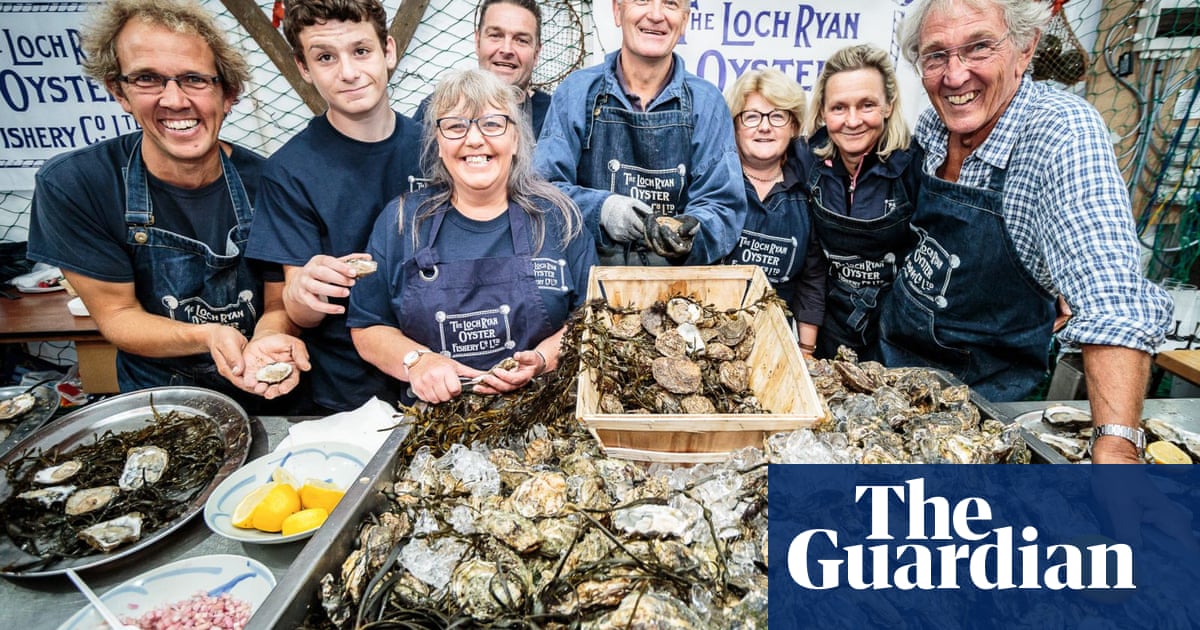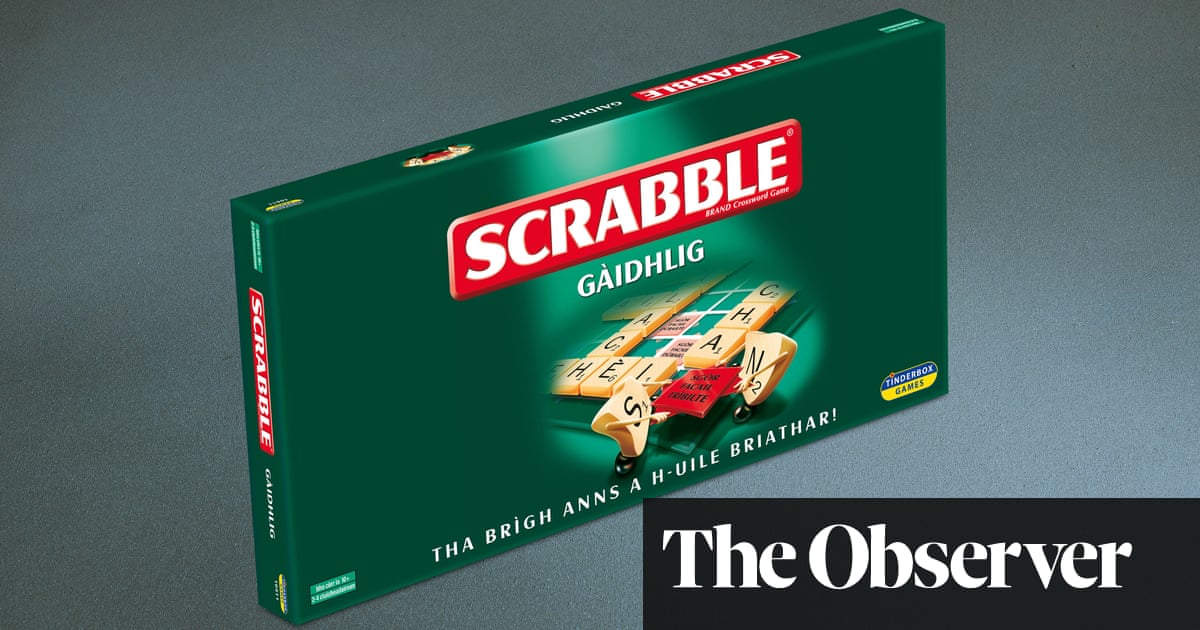
Organisers of next month’s Stranraer oyster festival have promised to recycle the shell of every mollusc consumed at the three-day event to help grow the last remaining wild, native oyster bed in Scotland.
With about 12,000 oysters consumed last year, the circular collection scheme will ensure that this year’s shells are returned to the protected bed on the shores of Loch Ryan, a few miles north of Stranraer. This reduces waste from the festival and also creates valuable shell habitat for young oysters. The native variety, Ostrea edulis, has been almost wiped out in UK waters by overfishing and seabed trawling.
Scotland’s only dedicated oyster festival, now in its fifth year, also marks a deliberate reinvention for the former ferry terminal which struggled after services to Ireland were relocated six miles up the loch to Cairnryan more than a decade ago.
Romano Petrucci, chair of Stranraer Development Trust, which runs the festival, says the annual event has had a huge impact on Stranraer’s economy – generating almost £5m since it began in 2017 – and its identity.
“It’s a way of leaving behind the anger and frustration that the boats had moved up the road,” he said. “The irony is that for years, oysters were growing a mile away from Stranraer, then being shipped 700 miles down south to be cleaned, then taken to Harrods and the Ritz in London.”
When he first had the idea of doing something to promote the local native oyster bed, he asked the first 50 locals who came into his harbour-side cafe if they realised it was nearby: 49 didn’t know anything about it.
With oysters usually marketed as a high-end delicacy, Petrucci was insistent that the festival should be for everyone. “We’ve made it clear we’re a working-class community and there’s no way oysters are going to be out of reach for anyone at the festival. So those seven that you’d spend £70 on in Harrods, you can pay £6 or £7 for in Stranraer.”
He’s also clear that “there’s no requirement to like oysters to enjoy the festival”, with children’s activities, music and other local produce on offer, “but every year more people are coming from further afield because they do like oysters”.
The recycling scheme was prompted by local suggestions about how to make the festival greener, and a recognition that Scotland’s last wild, native oyster fishery is not just nationally important but crucial for the species.
Replacing the shells in the bed, which has been sustainably managed by Loch Ryan Oyster Fishery Company since 1996, provides the oyster larvae with the solid structure they require to settle and grow.
Native oysters are considered ecosystem engineers, says Tristan Hugh-Jones, director of the fishery, because they help maintain marine ecosystems by filtering water and providing habitat for coastal wildlife.
“When oysters grow in number is generally good for local biodiversity,” he said.
With the bed’s oyster numbers estimated at 60m, Loch Ryan oysters are now being used in restoration projects elsewhere the UK and Europe.












